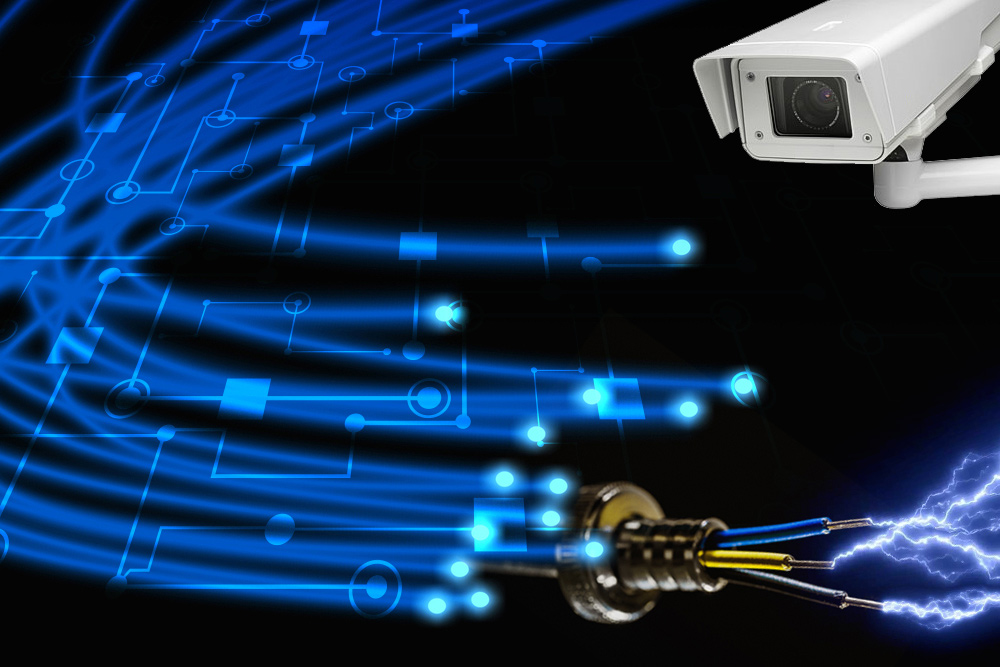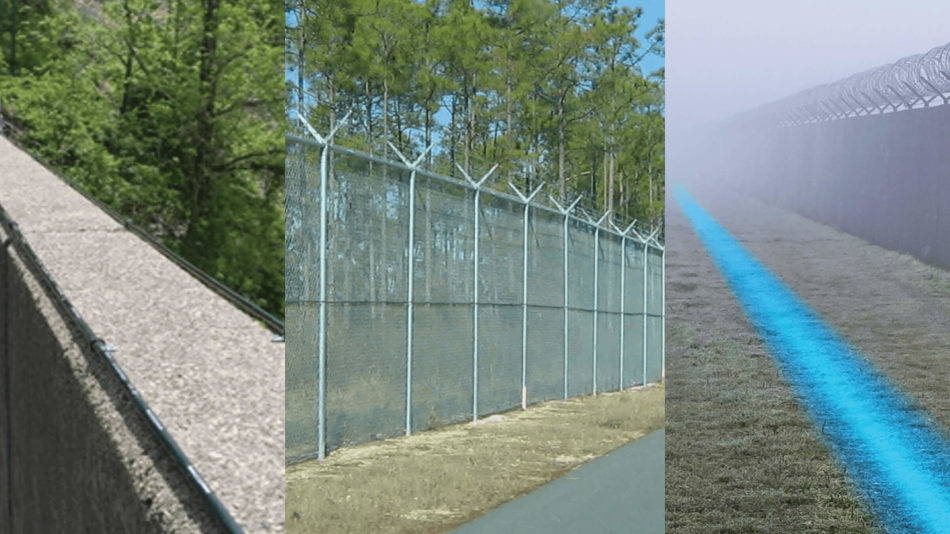How Security Fibers Are Used to Improve the Efficiency of Security Surveillance Systems
How Security Fibers Are Used to Improve the Efficiency of Security Surveillance Systems
Blog Article
Why Fiber Optic Security Solutions Are the Future of Defense
The shift to fiber optic safety and security systems marks a substantial improvement in the realm of security, driven by their outstanding information transmission abilities and durability to outside interferences. These systems not only assist in faster and a lot more trustworthy communication however also present an economical remedy with reduced upkeep demands. As the landscape of security progresses along with emerging modern technologies such as AI and IoT, the potential for optical fiber to boost and redefine safety frameworks comes to be increasingly apparent. Nevertheless, the ramifications of these developments raise important inquiries concerning the future of safety and security actions and their efficiency in an ever-changing setting.
Benefits of Fiber Optic Equipments
One of the primary advantages of fiber optic systems is their premium data transfer ability, which facilitates the transmission of big quantities of information over cross countries without substantial loss. This particular is particularly helpful for safety and security applications that call for the continual surveillance and transfer of high-def video feeds, sensor information, and various other essential details. Optical fiber can accommodate the expanding needs of modern safety and security systems, making certain that data continues to be intact and trusted.
In addition, fiber optic wires are less prone to electromagnetic disturbance, which can be a considerable concern in environments with different digital tools. This resistance improves the stability of the information being transmitted, thus lessening the risk of data violations or system failings. In addition, fiber optic systems are naturally more secure than typical copper cords, as touching right into a fiber optic line without detection is exceptionally tough.
The toughness of fiber optic cables likewise adds to their appeal. They are immune to environmental variables such as wetness and temperature level variations, decreasing upkeep prices and increasing system longevity. In general, these benefits setting fiber optic systems as a robust and reliable choice for modern safety and security infrastructures, guaranteeing reliable and secure information transmission.
Boosted Data Transmission Rate

The capacity to transmit large amounts of information promptly helps with the smooth assimilation of high-definition video clip feeds and advanced analytics. Security systems can currently refine and assess details in real-time, enhancing response times and situational recognition. Furthermore, fiber optic connections sustain longer transmission distances without destruction of signal high quality, making them perfect for expansive safety networks.
The raised rate of fiber optic systems not only boosts the efficiency of protection operations but likewise decreases latency. This is particularly vital in critical situations where prompt decision-making can protect against security breaches or mitigate possible dangers. As organizations proceed to prioritize safety and efficiency, the demand for quick and trusted information transmission will undoubtedly solidify fiber optic systems as a foundation of contemporary protection infrastructure.
Resistance to Interference
Fiber optic protection systems consistently demonstrate extraordinary resistance to electro-magnetic interference, a vital advantage in settings vulnerable to electronic noise. Unlike conventional copper cable televisions, which can be adversely influenced by magnetic fields, radio frequency disturbance, and various other forms of electric disturbance, fiber optic wires use light to transfer information. This intrinsic building ensures that the signals stay clear and unaltered, no matter surrounding digital activity.
Making use of glass or plastic fibers in fiber optic modern technology produces an obstacle versus disturbance, enabling for trusted data transmission even in difficult circumstances such as industrial centers, metropolitan locations with high digital website traffic, or locations near radio towers. This characteristic significantly reduces the possibility of signal deterioration or loss, making fiber optic systems particularly ideal for safety applications where integrity and precision of information are vital.
In addition, this resistance to disturbance boosts the total efficiency and integrity of safety and security systems, ensuring that surveillance and sharp systems operate seamlessly. In a world where security is increasingly endangered by advanced innovations, the resilience of fiber optic systems attracts attention as a crucial attribute, enhancing their status as an important component of modern-day protection facilities.
Cost-Effectiveness With Time
Substantial cost financial savings can be accomplished in time with the application of fiber optic useful reference safety and security systems. While the first financial investment may appear higher contrasted to standard copper-based systems, the long-term monetary advantages emerge with decreased operational and maintenance expenses (fiber security). Fiber optic cables are inherently much more durable and less vulnerable to ecological elements, which equates to lower substitute and fixing costs over their life-span
Furthermore, fiber optic systems need discover this much less power to operate, which better reduces power expenses. Enhanced data transmission capabilities permit fewer repeaters and amplifiers, reducing devices financial investment and improving setup processes. The scalability of these systems additionally adds to cost-effectiveness, as organizations can expand their security facilities without incurring considerable extra expenditures.
One more aspect to take into consideration is the raised performance in surveillance and feedback abilities that optical fiber give. Improved real-time information transmission can lead to quicker incident action times, potentially mitigating losses and liabilities related to security breaches. In amount, the long-lasting advantages of fiber optic safety and security systems not only justify the preliminary expense however additionally place them as a monetarily prudent choice for organizations looking for robust security solutions.

Future Developments in Security
Progressing modern technologies are set to revolutionize security systems, integrating artificial knowledge (AI) and equipment learning to enhance risk discovery and response capacities. These developments will allow security systems to evaluate huge quantities of information in real-time, determining patterns and abnormalities that indicate prospective dangers. This proactive method will click this enable quicker decision-making and a lot more effective occurrence reactions.
Additionally, the unification of the Net of Things (IoT) is leading the way for interconnected safety tools, using extensive surveillance and monitoring. Smart sensing units can relay information regarding environmental modifications, while automated informs can notify safety workers immediately of dubious tasks.
In addition, the evolution of biometric modern technologies will even more boost safety and security mechanisms. Facial acknowledgment, fingerprint scanning, and retina identification are becoming much more advanced, offering layers of verification that are tough to bypass.
Final Thought
In verdict, fiber optic protection systems represent a substantial improvement in protection innovation, offering exceptional data transmission rate, resistance to electromagnetic interference, and long-term cost-effectiveness. As the need for innovative security remedies proceeds to grow, the combination of optical fiber with arising technologies such as AI, IoT, and biometrics will additionally boost protection frameworks (fiber security). The combination of these technologies will guarantee a much more safe and responsive environment, strengthening fiber optics as a cornerstone of future security systems
Report this page